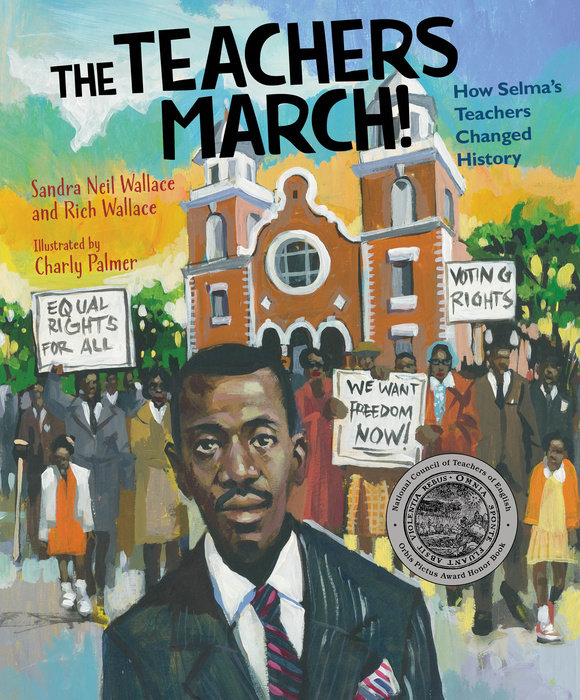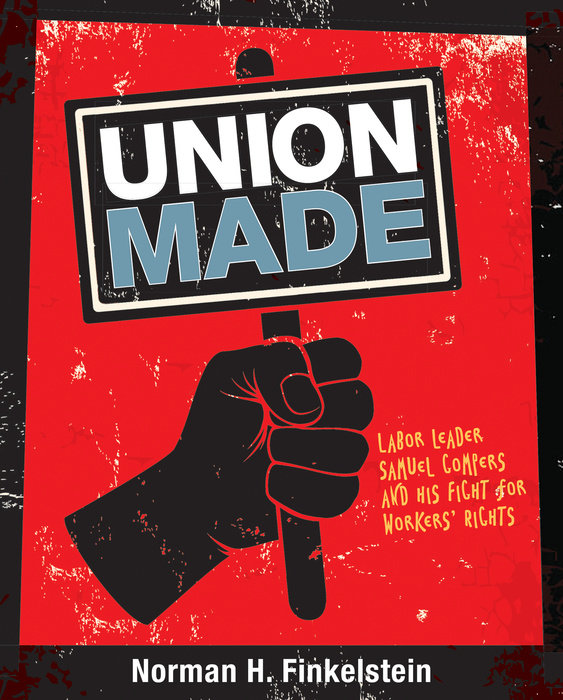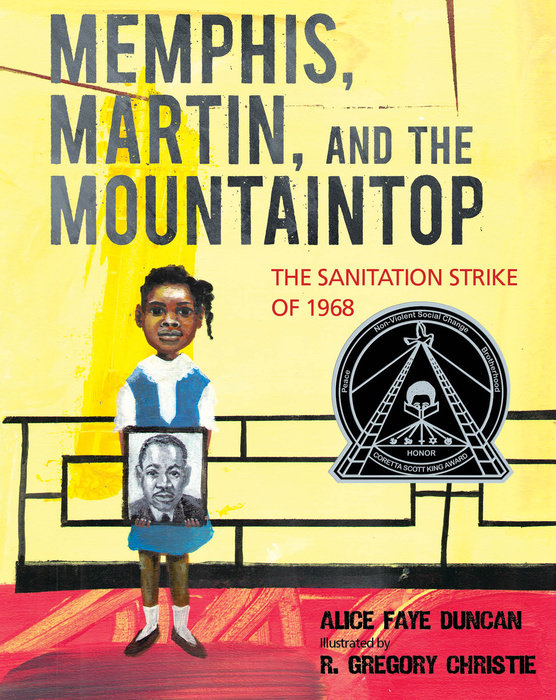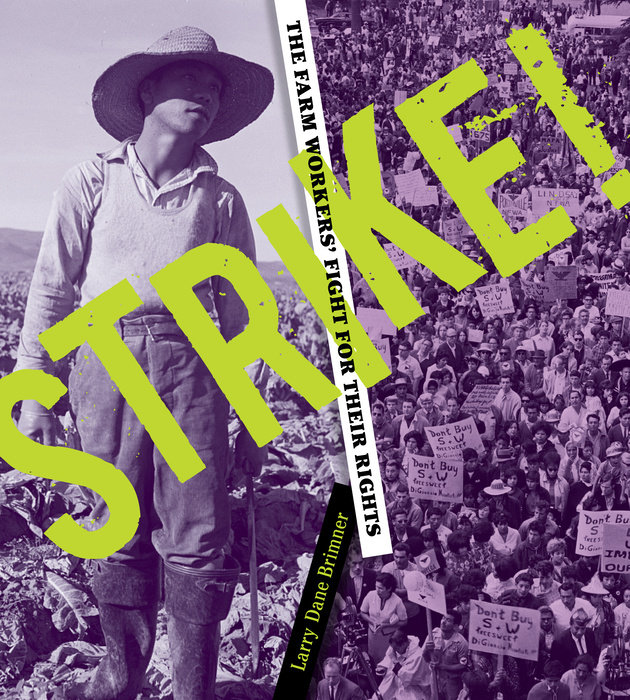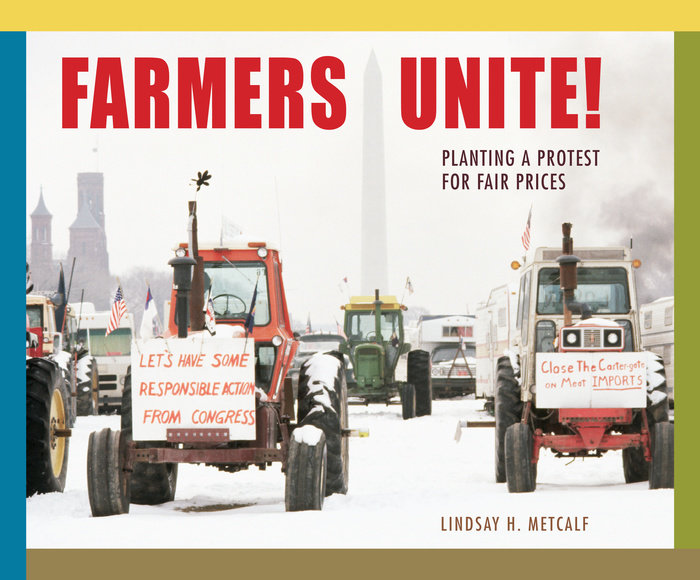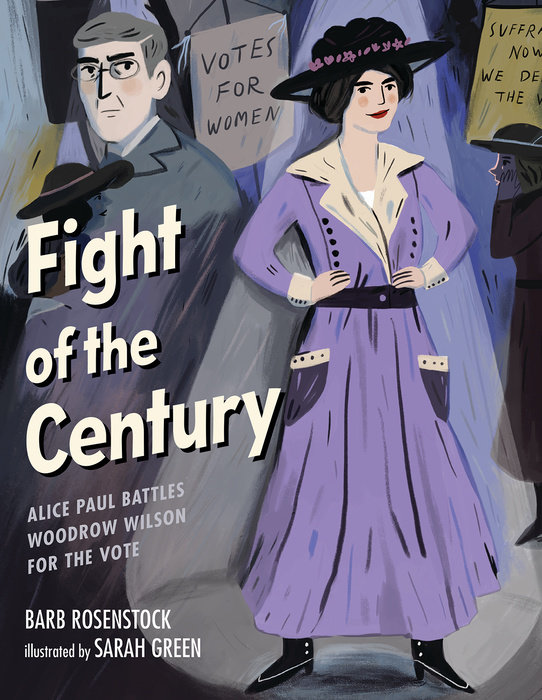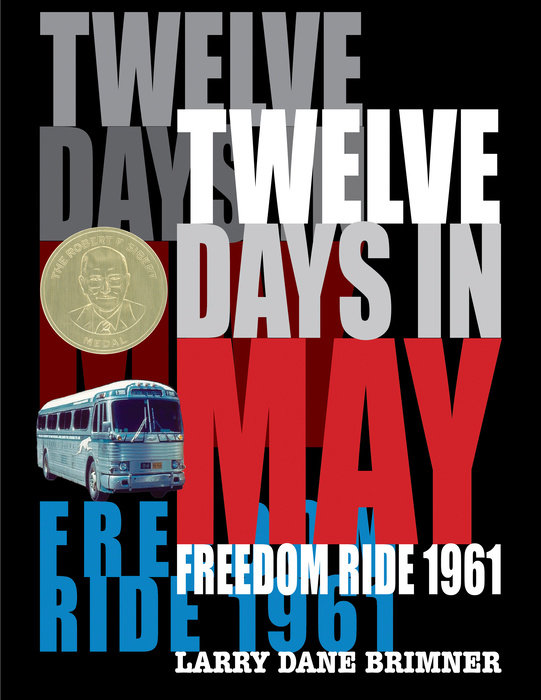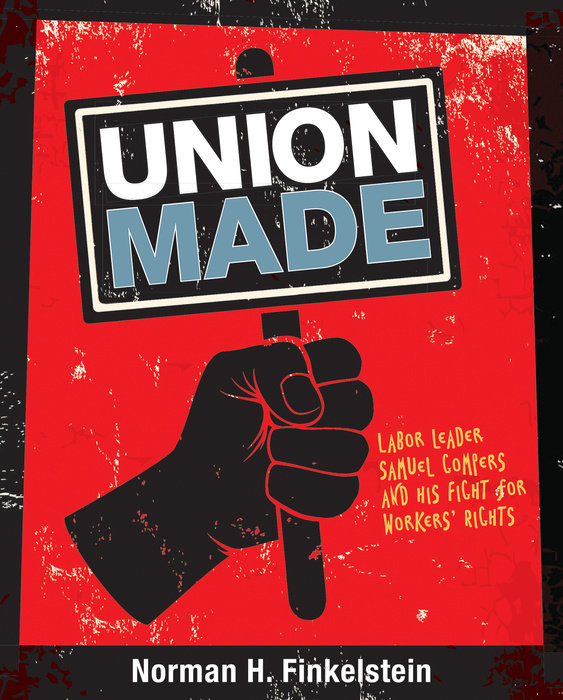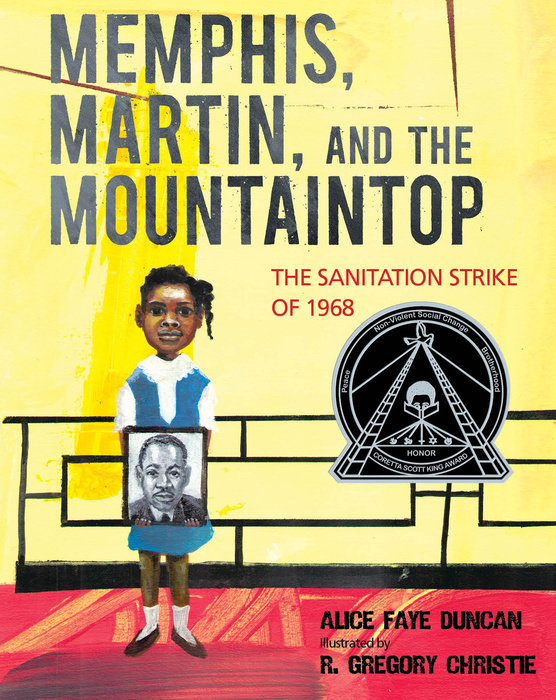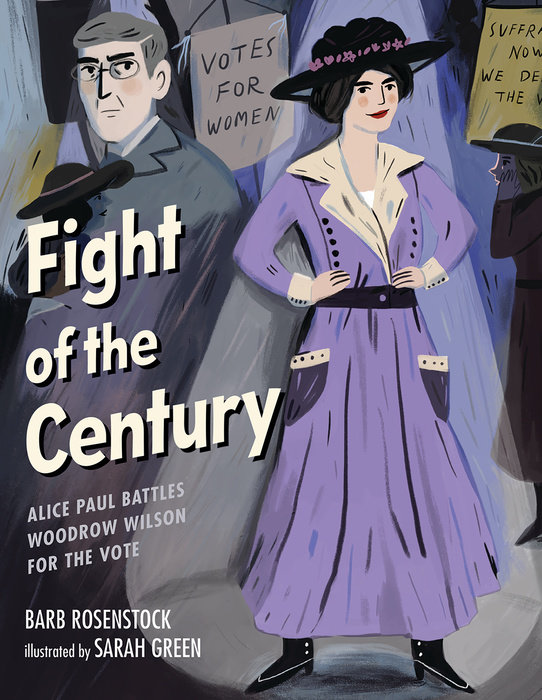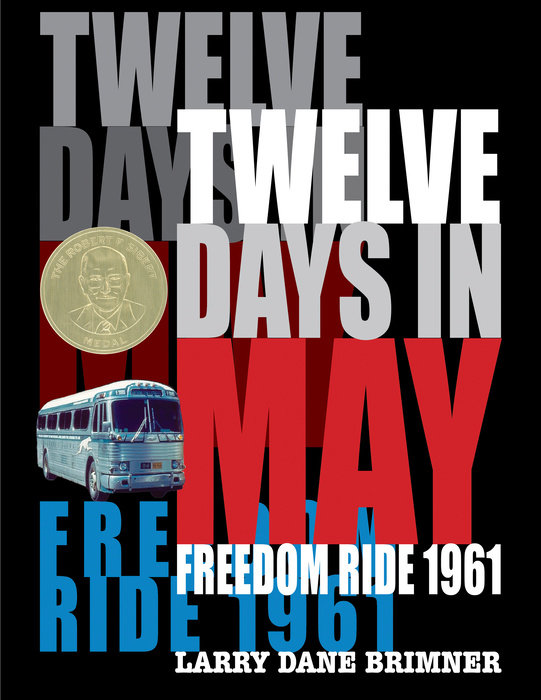Better Together: 8 Books for Kids about Unions and Organizing
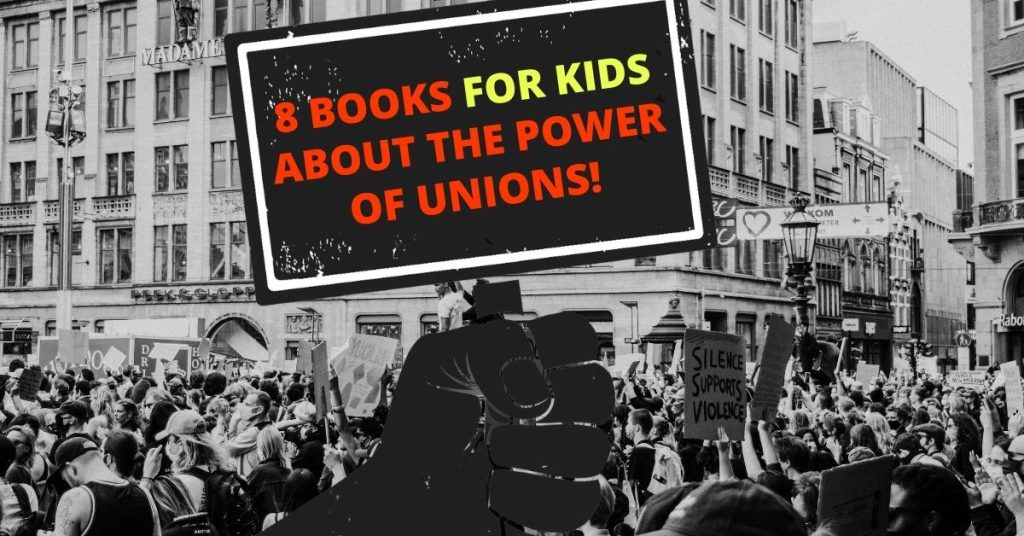
Picture this: It’s the start of the pandemic, and every day the news is reporting that more and more companies and organizations are closing down to keep their employees safe. But not your employer—they seem to be doubling-down on unsafe practices, requiring mandatory overtime, not allowing for social distancing, and generally unconcerned about the health and safety of you and your fellow workers. How would you feel? What would you do?
This isn’t a made-up scenario; it’s precisely the situation Amazon warehouse workers found themselves in at the start of 2020. However, instead of quitting, Christian Smalls and Derrick Palmer set out to change how Amazon treated its employees by attempting to create the company’s first union. Amazon pushed back every step of the way, but now, over two years later, Smalls and Palmer have succeeded in launching what The New York Times calls “potentially one of the most significant labor victories in a generation,” winning with a vote of 2,654 for the union, 2,131 against.
Throughout history, workers have banded together to demand fair working conditions, wages, and like, and this recent Amazon union victory is a reminder of the power people have when they work together for the common good. Here are eight children’s books to share with young readers and teach them about unions, organizing, and the magic of teamwork.
The Teachers March!: How Selma’s Teachers Changed History by Sandra Neil Wallace and Rich Wallace and illustrated by Charly Palmer
Demonstrating the power of protest and standing up for a just cause, here is an exciting tribute to the educators who participated in the 1965 Selma Teachers’ March. Reverend F.D. Reese was a leader of the Voting Rights Movement in Selma, Alabama. As a teacher and principal, he recognized that his colleagues were viewed with great respect in the city. Could he convince them to risk their jobs–and perhaps their lives–by organizing a teachers-only march to the county courthouse to demand their right to vote? On January 22, 1965, the Black teachers left their classrooms and did just that, with Reverend Reese leading the way. Noted nonfiction authors Sandra Neil Wallace and Rich Wallace conducted the last interviews with Reverend Reese before his death in 2018 and interviewed several teachers and their family members in order to tell this story, which is especially important today.
Union Made: Labor Leader Samuel Gompers and His Fight for Workers’ Rights by Norman H. Finkelstein
Unsung hero Samuel Gompers worked tirelessly to ensure that no American worker would go unheard or overlooked, dedicating his life to fighting for their rights. This comprehensive middle-grade biography provides an in-depth look at Gompers, the founding father of the American Federation of Labor.
Memphis, Martin, and the Mountaintop: The Sanitation Strike of 1968 by Alice Faye Duncan and llustrated by R. Gregory Christie
This picture book tells the story of a nine-year-old girl who in 1968 witnessed the Memphis sanitation strike – Dr. Martin Luther King Jr.’s final stand for justice before his assassination—when her father, a sanitation worker, participated in the protest.
Blacklisted!: Hollywood, the Cold War, and the First Amendment by Larry Dane Brimner
Here is the story of 19 men from the film industry who were investigated for suspected communist ties during the Cold War, and the 10—known as the Hollywood Ten—who were blacklisted for standing up for their First Amendment rights and refusing to cooperate.
Strike!: The Farm Workers’ Fight for Their Rights by Larry Dane Brimner
Here is the gripping story of the Grape Strike that stirred a nation, as well as the rise of Latino civil rights activist César Chávez and the United Farm Workers of America. In the 1960’s, while the United States was at war and racial tensions were boiling over, Filipino-American workers were demanding fair wages and decent living conditions in California’s vineyards. When the workers walked off the fields in September 1965, the great Delano grape strike began. Did the signing of labor contracts with growers in 1970 mean an end to the problems of the American field laborers, or was it a short-lived truce? This nonfiction book for young readers follows the five-year long strike and also provides details about César Chávez and the United Farm Workers.
Farmers Unite!: Planting a Protest for Fair Prices by Lindsay Metcalf
Author Lindsay H. Metcalf, a journalist who grew up on a family farm, shares this rarely told story of grassroots perseverance and economic justice. In 1979, US farmers traveled to Washington, DC to protest unfair prices for their products. Farmers wanted fair prices for their products and demanded action from Congress. After police corralled the tractors on the National Mall, the farmers and their tractors stayed through a snowstorm and dug out the city. Americans were now convinced they needed farmers, but the law took longer. Boldly told and highlighted with stunning archival images, this is the story of the struggle and triumph of the American farmer that still resonates today.
Fight of the Century: Alice Paul Battles Woodrow Wilson for the Vote by Barb Rosenstock and illustrated by Sarah Green
When Woodrow Wilson was elected President, he didn’t know that he would be participating in one of the greatest fights of the century: the battle for women’s right to vote. The formidable Alice Paul led the women’s suffrage movement, and saw President Wilson’s election as an opportunity to win the vote to women. She battered her opponent with endless strategic arguments and carefully coordinated protests, calling for a new amendment granting women the right to vote. With a spirit and determination that never quit–even when peaceful protests were met with violence and even when many women were thrown in jail–Paul eventually convinced President Wilson to support her cause, changing the country forever. Cleverly framed as a boxing match, this book provides a fascinating and compelling look at an important moment in American history. Sarah Green’s bright, detailed illustrations perfectly accompany award-winning author Barb Rosenstock’s captivating narrative.
Twelve Days in May: Freedom Ride 1961 by Larry Dane Brimner
On May 4, 1961, a group of thirteen black and white civil rights activists launched the Freedom Ride, aiming to challenge the practice of segregation on buses and at bus terminal facilities in the South. The Ride would last twelve days. Despite the fact that segregation on buses crossing state lines was ruled unconstitutional by the Supreme Court in 1946, and segregation in interstate transportation facilities was ruled unconstitutional in 1960, these rulings were routinely ignored in the South. The thirteen Freedom Riders intended to test the laws and draw attention to the lack of enforcement with their peaceful protest. As the Riders traveled deeper into the South, they encountered increasing violence and opposition.


